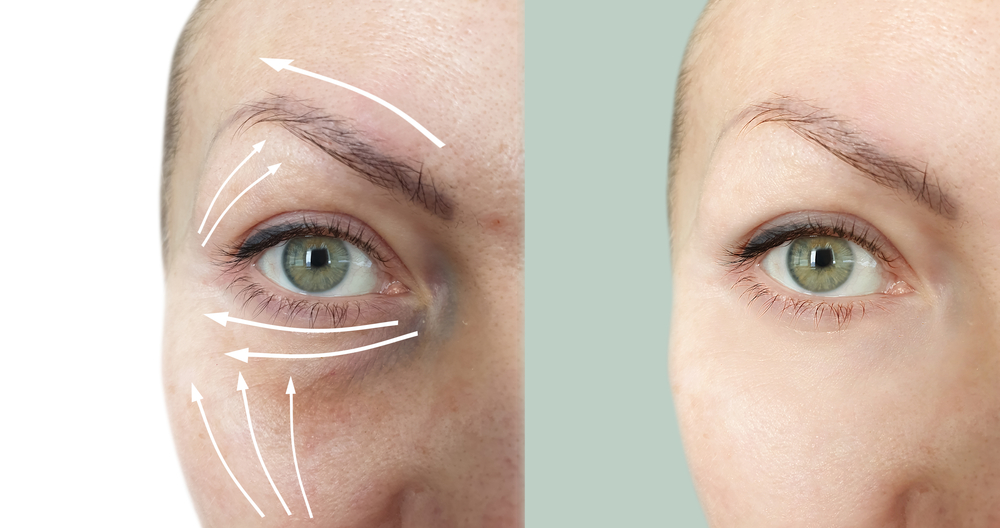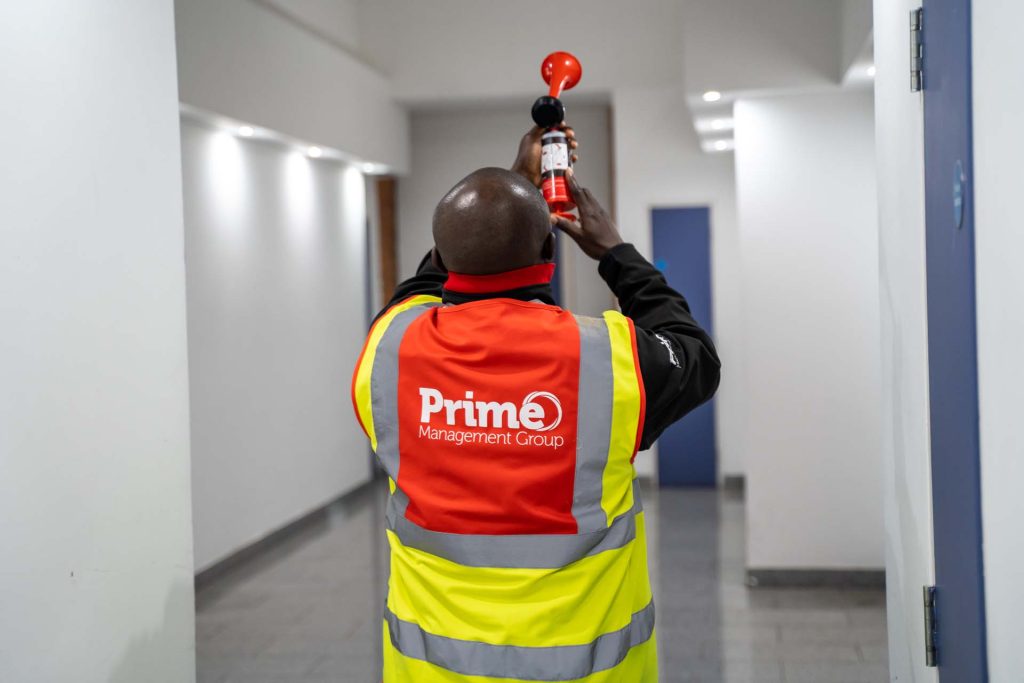8 ways to get great immigration advice in the UK
The world of immigration can be incredibly complicated at the best of times, especially when you are dealing with legal issues that could dramatically affect the future of you and your family.
Fortunately, there’s a wealth of support available to help you through the process. Understanding who can offer assistance is the first step to achieving your immigration goals. Here’s an overview of the key sources of support:
Immigration Lawyers and Solicitors
Immigration lawyers and solicitors specialise in immigration law and provide advice, assistance with applications, and representation at tribunals or courts. They are experts in the field, keeping abreast of the constantly evolving immigration laws and regulations. When choosing an immigration lawyer, look for those regulated by the Solicitors Regulation Authority (SRA) or, if they’re not a solicitor, ensure they’re accredited by the Office of the Immigration Services Commissioner (OISC).
The Office of the Immigration Services Commissioner (OISC)
The OISC regulates immigration advisers, ensuring they meet certain standards. Advisers registered with the OISC can offer advice on a range of immigration issues. The OISC website offers a search tool to find regulated advisers based on their location and the type of advice you need.

Legal Aid
For those who cannot afford legal representation, legal aid might be available for certain types of immigration cases, such as asylum applications or cases involving domestic violence. Legal aid can help cover the costs of legal advice, representation, and tribunal fees. Eligibility depends on your financial situation and the nature of your case.
Charities and Non-Profit Organisations
Several UK charities and non-profit organisations offer free or low-cost immigration advice and support. These can be invaluable resources, especially for vulnerable groups such as refugees and asylum seekers. Organisations like the Refugee Council, Citizens Advice, and the Migrant Rights Network can provide guidance, support, and sometimes legal representation.
Community Organisations and Religious Groups
Local community organisations and religious groups often have resources or contacts that can help with immigration issues. They may offer practical support, advice, and sometimes financial assistance for those struggling with the immigration process.
Trade Unions
If you’re in the UK on a work visa, your trade union may offer legal advice and support for immigration matters as part of their membership benefits. Some unions have legal teams or partnerships with law firms that specialise in immigration law.
Educational Institutions
International students in the UK can often receive immigration advice from their university or college. Many institutions have dedicated international student support services or legal advisers who can help with visas and other immigration-related questions.
Crowdfunding and Community Support
For those facing significant legal fees to secure the best immigration lawyer possible, crowdfunding platforms like GoFundMe have become a popular way to raise funds. Additionally, community support, whether through local networks or social media, can provide both financial assistance and moral support.
Whether opting for a private immigration lawyer, seeking out legal aid, or turning to charities and community organisations, there are multiple avenues of support available to guide you through the complexities of the UK’s immigration system.




